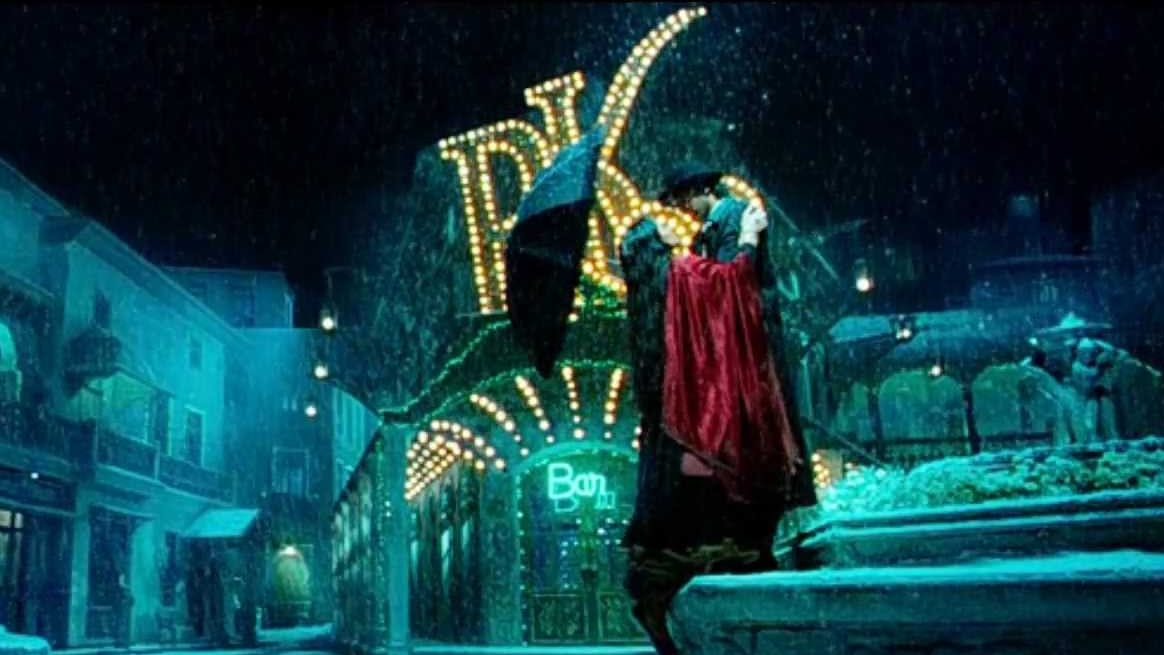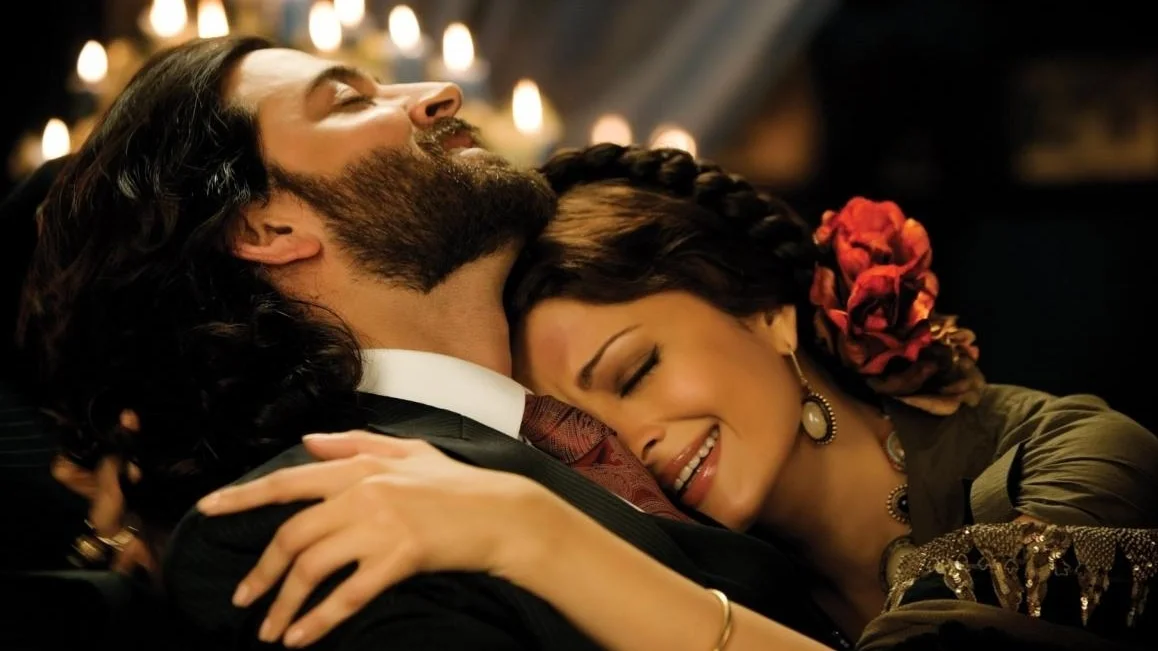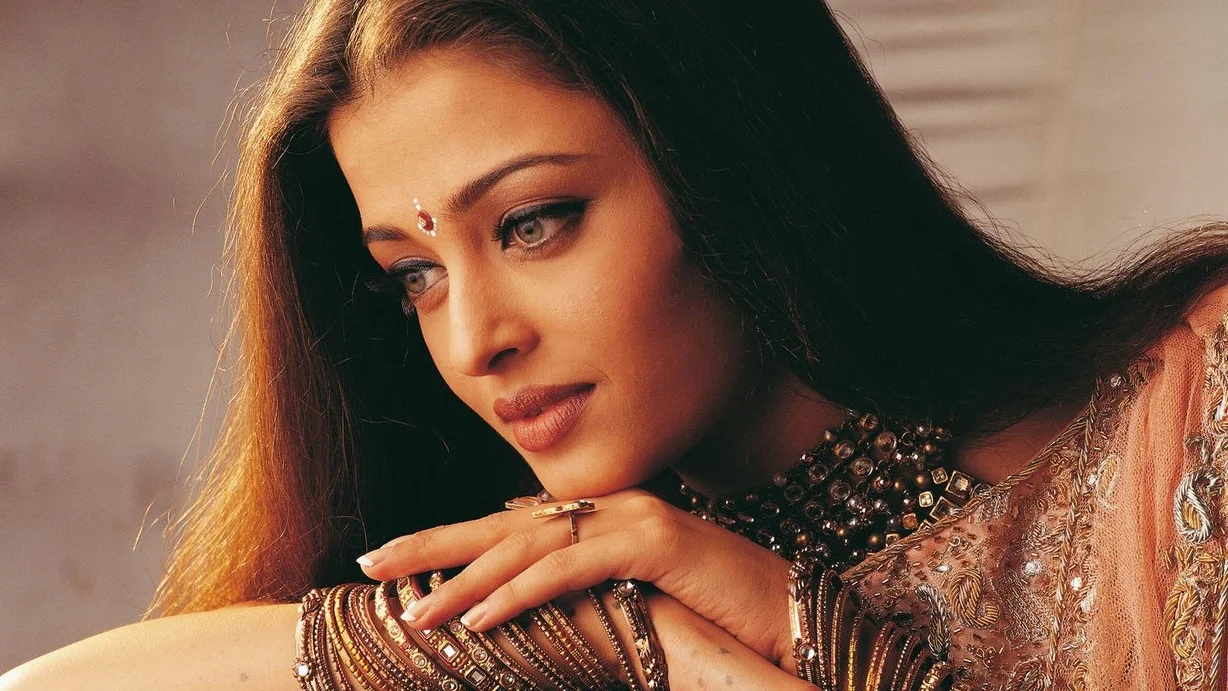The Films of Sanjay Leela Bhansali: Saawariya (2007)
Indian auteur Sanjay Leela Bhansali has a new film coming out in December, the period drama Padmavati. Manish takes a look back at Bhansali’s career, spanning two decades and nine films.
Any director who is known for his or her singular visual style, and is often given the freedom to express it, has that one film that is self-indulgent, which leans into his or her worst instincts. For director Sanjay Leela Bhansali, that film is Saawariya (Beloved), the musical romance that’s told like an ethereal fairy tale. Elements of the film can be quite magical, but the film is lavish to the point of decadence. Despite its big budget from the American studio Sony Pictures, Saawariya ends up being so light it just floats away.
Saawariya is based on “White Nights” by Fyodor Dostoevsky. Ranbir Raj (Ranbir Kapoor) is a singer who comes across the wisecracking prostitute Gulab (Rani Mukherji, returning from Black) in a nameless Indian city that is reminiscent of the 1940s. Gulab helps Raj, as he likes to be called, find a place to live as she recognizes his kind soul. Late one night, Raj sees the beautiful, mysteriously sad Sakina (Sonam Kapoor, no relation to Ranbir) waiting on a bridge. He immediately falls in love with her and begins to court her despite her resistance. Ranbir learns that Sakina is waiting for Imaan (Salman Khan), her family’s tenant. Imaan left her a year ago but promised to return on the Muslim holiday Eid.
The film is awash in a moonlight-tinted shade of blue. For Bhansali, blue is the color of longing, of sorrow. Saawariya is meant to have an otherworldly vibe—it’s set in a town unmoored by time. The city looks like a cross between St. Petersburg, Amsterdam, and a pre-independence Calcutta. Obviously, a lot of hard work, creativity, and money went into the production design and art direction, but it’s just too much. Bhansali had the entire city built on soundstage, but then goes overboard. There’s an LED sign, which reads GRAND. A scene has Raj and Sakina jumping over potholes in an alleyway, with a mural of flower petals behind them. Late in the film, Bhansali recreates an image from the classic 1949 film Barsaat (The Rain) by Hindi cinema icon Raj Kapoor, Ranbir’s grandfather. But just in case you didn’t get it, the image is front of the RK Bar. Every inch of the film is designed and made to look painterly, but it ends up hurting the eyes.
Devdas, and to a lesser extent Hum Dil De Chuke Sanam, were expressively designed floor to ceiling. But they both had really strong narratives and characters to justify the extravagance. Saawariya’s story is rather conventional. Raj is a stalker in love, with Sakina as the object of his affection. Neither the characters nor performances jump off the screen. Both actors made their debuts with this film, though neither are unconnected to the film industry. Sonam Kapoor is the daughter of esteemed veteran actor Anil Kapoor. Ranbir Kapoor is heir to the powerful Kapoor film dynasty, which spawned generations of actors and filmmakers. Both actors also worked as assistant directors on Bhansali’s Black.
Additionally, Saawariya failed at the box office quite spectacularly. The film opened on November 9, 2007 (coincidentally 10 years ago); it was up against Om Shanti Om, a huge blockbuster starring one of India’s biggest stars Shah Rukh Khan from his production company Red Chillies Entertainment. Both films were heavily marketed as opponents in a major box office battle. Most people expected Om Shanti Om to score with mainstream audiences, and Saawariya to hit with critics and the art house crowd. Om Shanti Om predictably was a colossal success, and got decent reviews. But Saawariya flopped with viewers and critics. This is especially embarrassing since it was the first Indian production from Sony. Bhansali would face Red Chillies again in 2015, but with better results.
Bhansali does craft a number of elegant, poetic sequences. For example, there’s a scene in a clock tower that cuts between shots of the city landscape and a backwards clock, the future and the past. The musical numbers bring the movie to life, and Bhansali always chooses his shots carefully and keeps his characters moving around the set. Individual moments of the film really soar, and the semblance of a great film is hidden somewhere. Bhansali, however, got carried away making Saawariya too fantastical.













